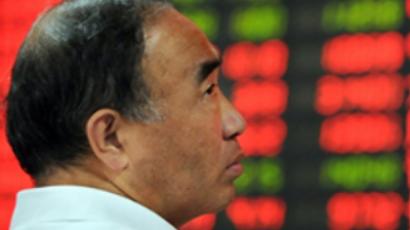Russia and China look to move trade to new level
Russia and China will jointly finance an oil pipeline to China. It's a strategic export destination for Russian energy and an essential resource for fast-growing China, while leaders of the two nations are looking to conduct more bilateral trade in the ru
The meeting between the Prime Ministers of Russia and China generated agreements in several new sectors – but energy remained the key. Russia’s Transneft and China’s CNPC agreed on the principles of a new branch of oil pipeline.
It will start from Skovorodino and cross the Chinese boarder carrying oil from the East Siberia – Pacific Ocean pipeline. Russian oil is in high demand for the fast growing Chinese economy – adding to the growing trade turnover, which Prime Minister Putin believes can grow further still.
“I rate today's meeting very highly. Our trade turnover will exceed $50 billion this year and can grow further, to between $60 and $80 billion.”
In exchange China will finance the project and extend loans to Transneft and Rosneft.
The growing trade turnover offers both nations the chance to move trade away from dollars and utilising national currencies. In his address to the 3rd Russia-China forum in Moscow, Vladimir Putin stressed that the dollar based financial system was in a state of shock – and said the counterparties should consider using their own currencies.
Aleksandr Razuvaev, Chief Analyst at Sobinbank says that the major product being traded – oil – can be denominated in Rubles from next year.
"There is less trust in the dollar and there is an idea to build up regional currencies. It will be the Ruble in the CIS region, and the Yuan in the South Asian region. So there will be demand for Russian currency due to oil exports and for the Yuan due to imports from China. So there will be enough liquidity in both currencies.
Other deals included plans by Rosatom and the Chinese State Nuclear Power Technology Corporation to expand the Tyanvan Nuclear Power Plant.
Gazprom announced that gas supplies to China could reach up to 60 billion cubic meters of gas annually – equivalent to half its European exports.













